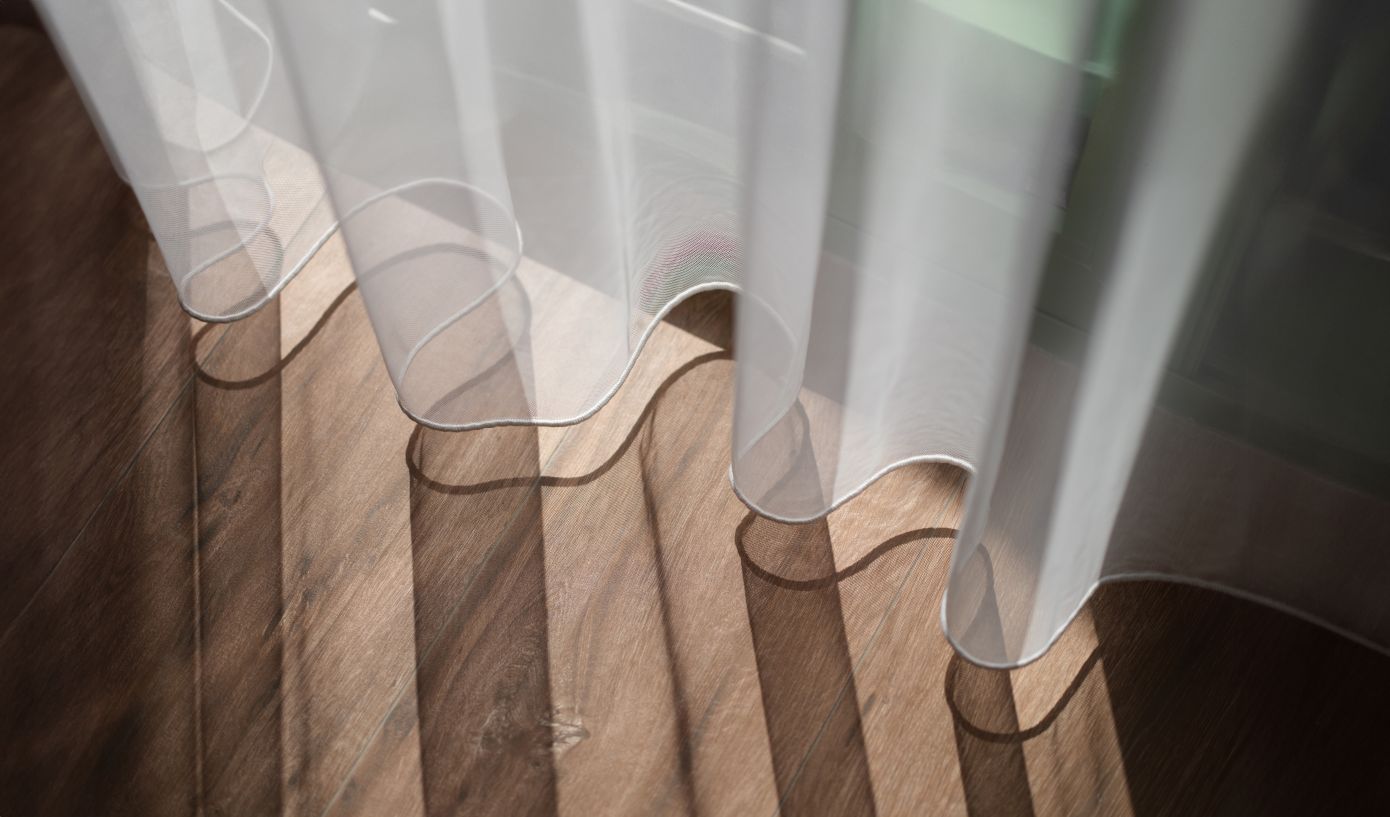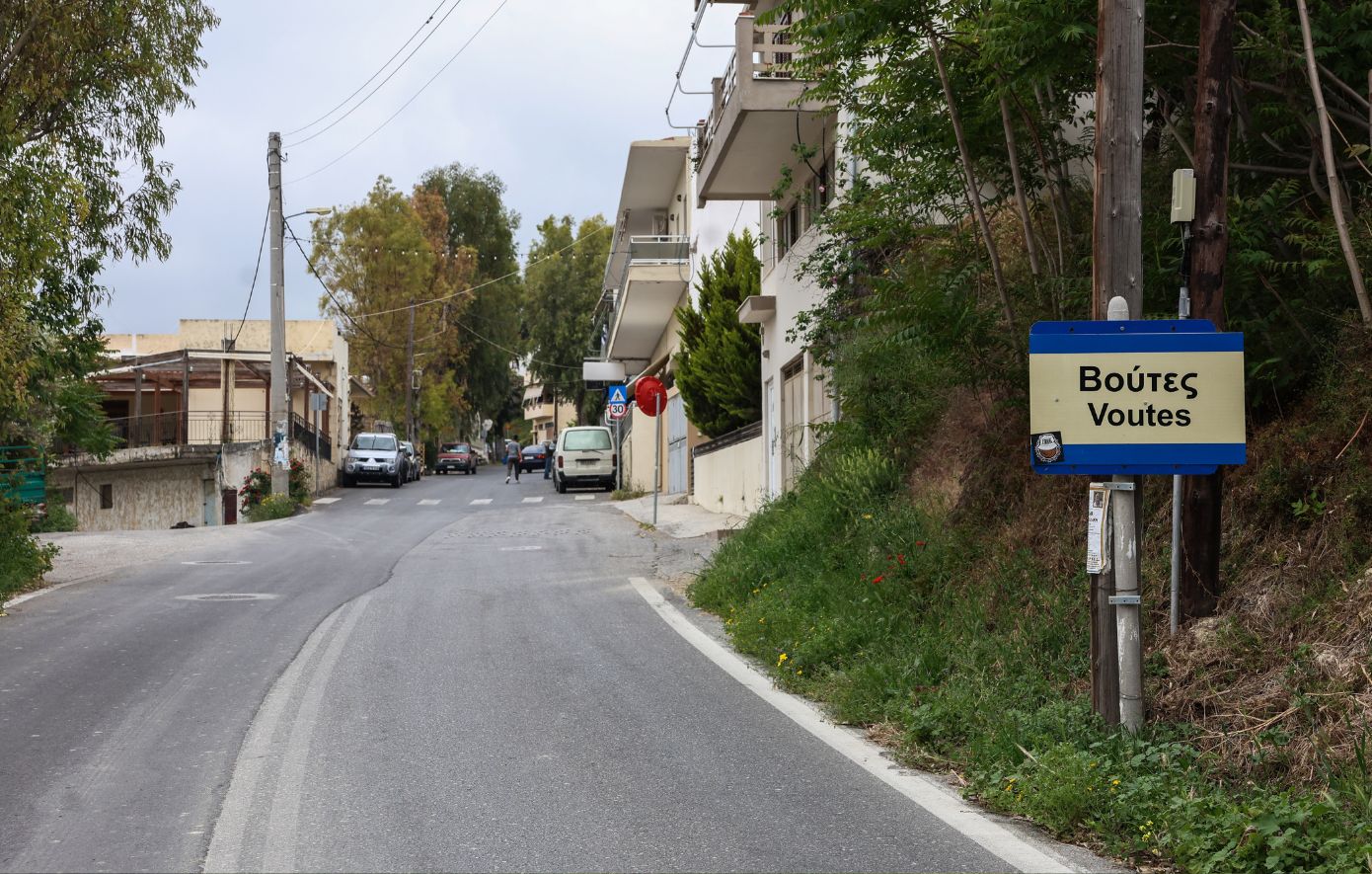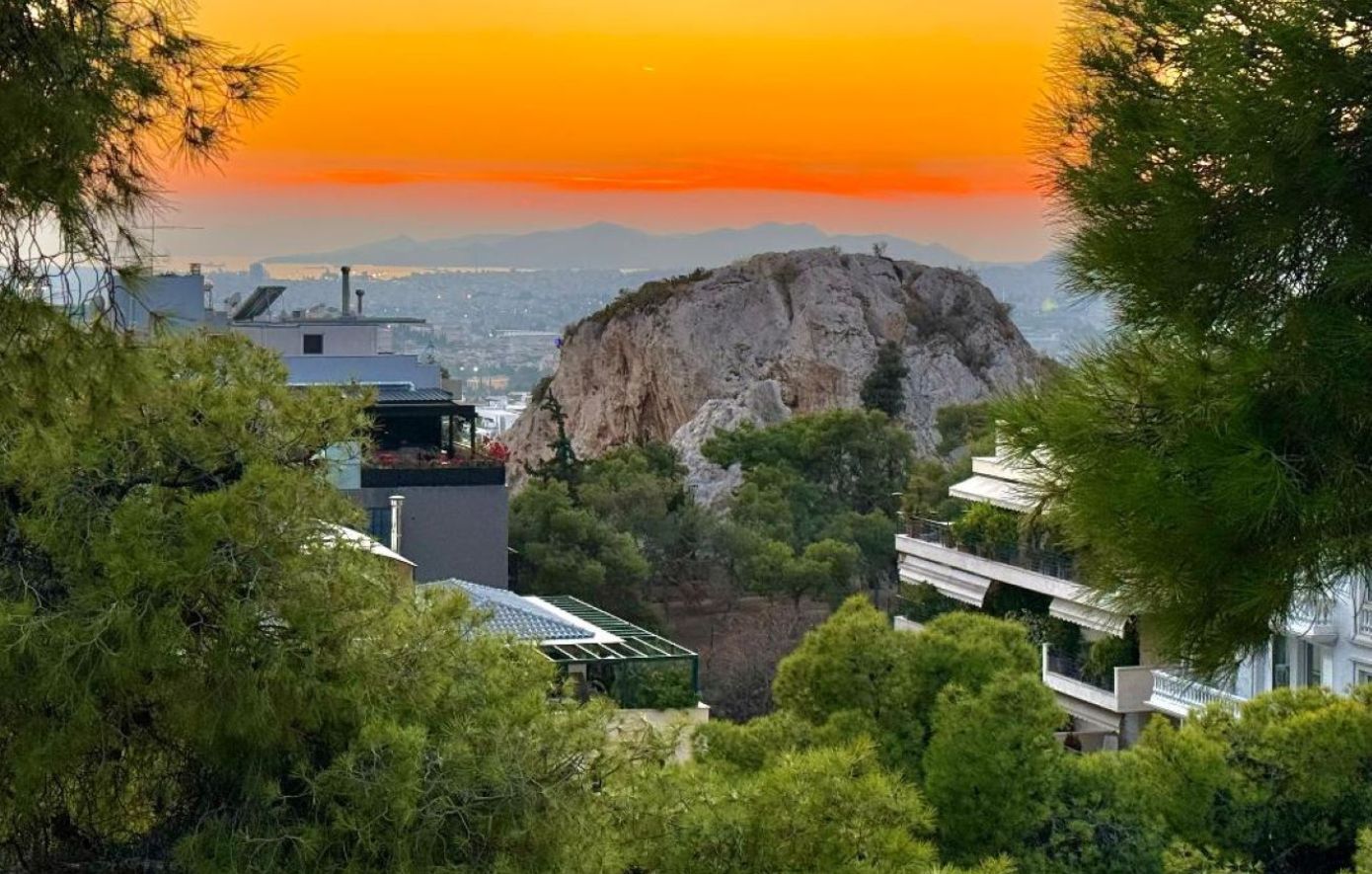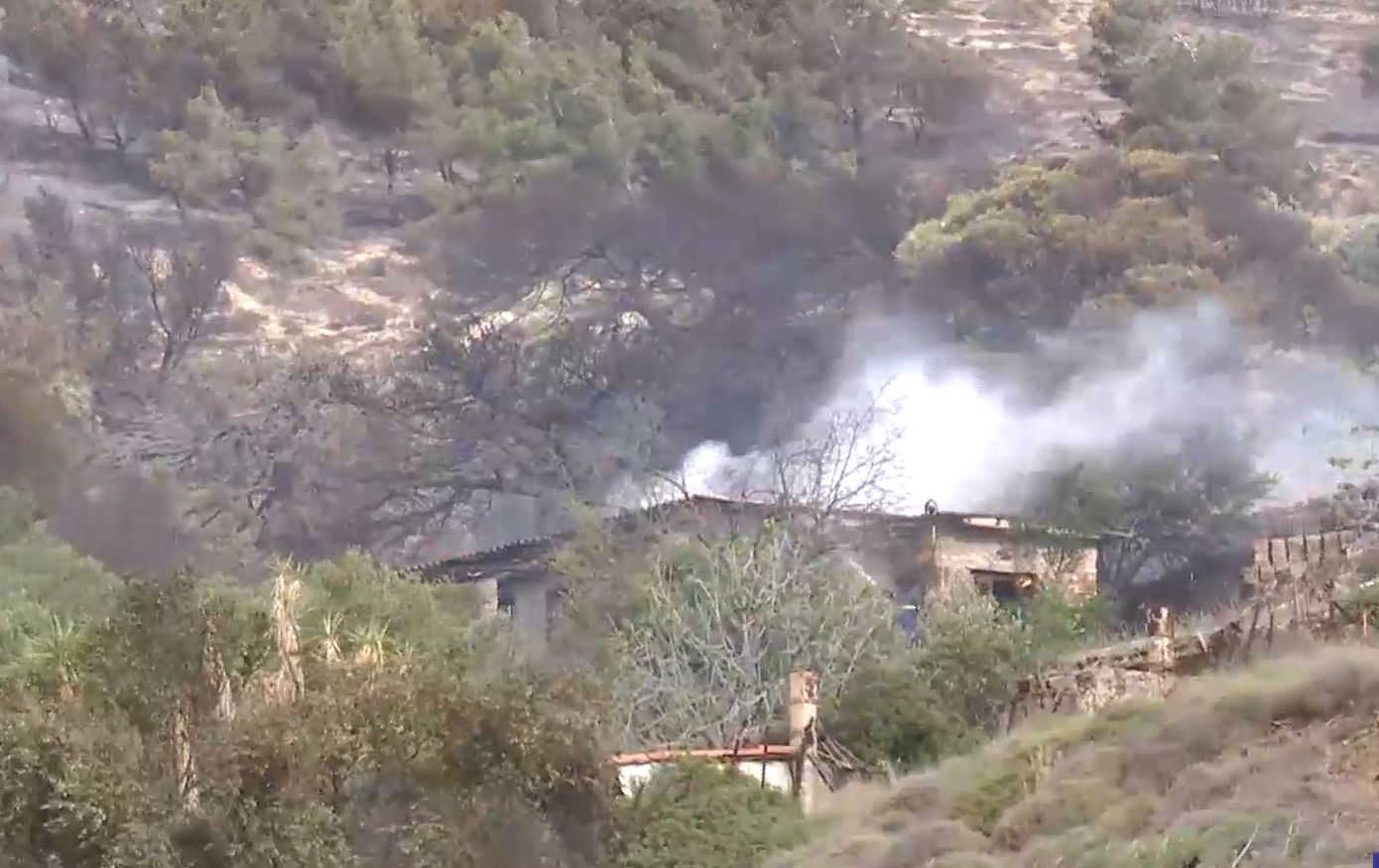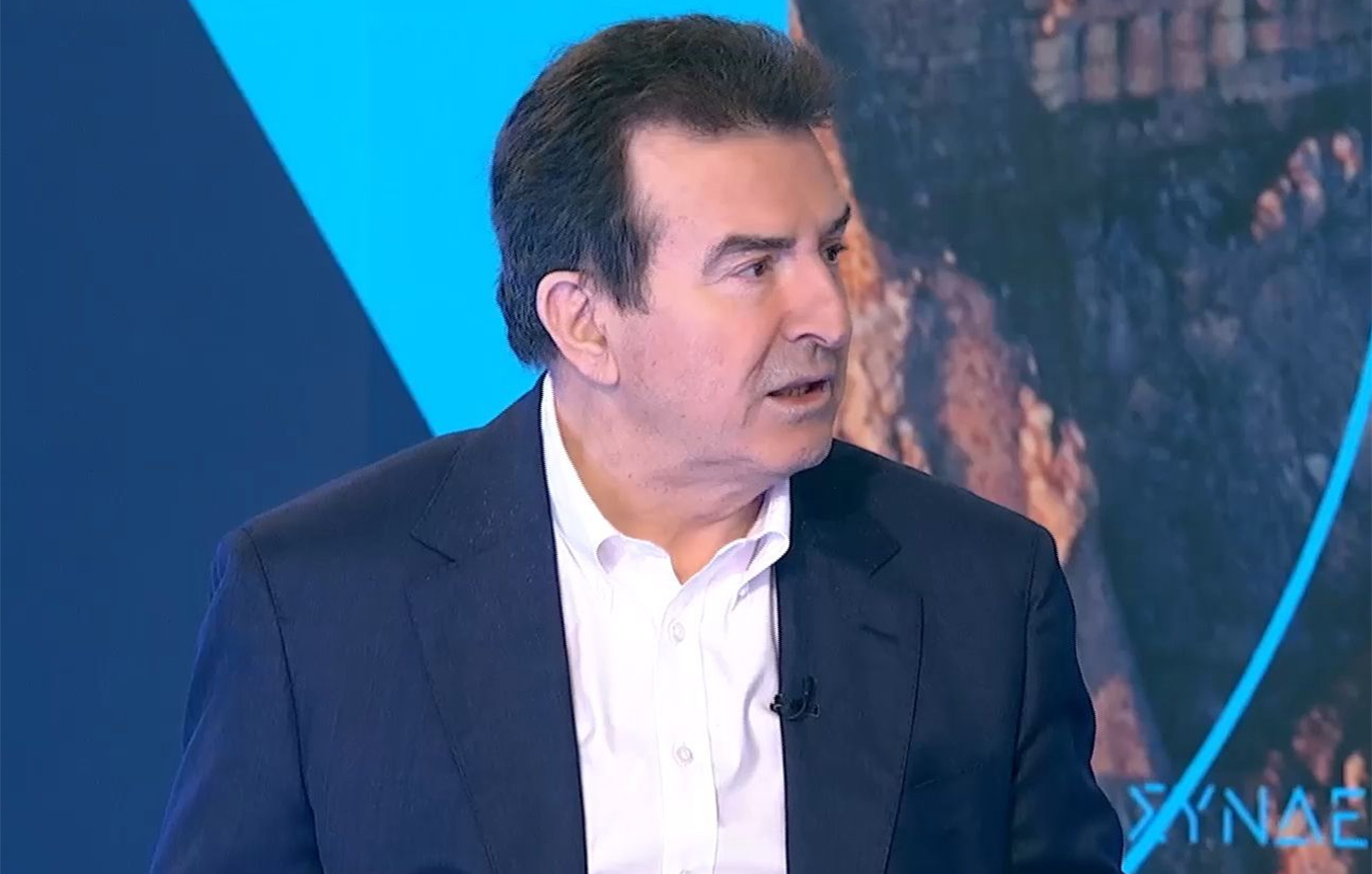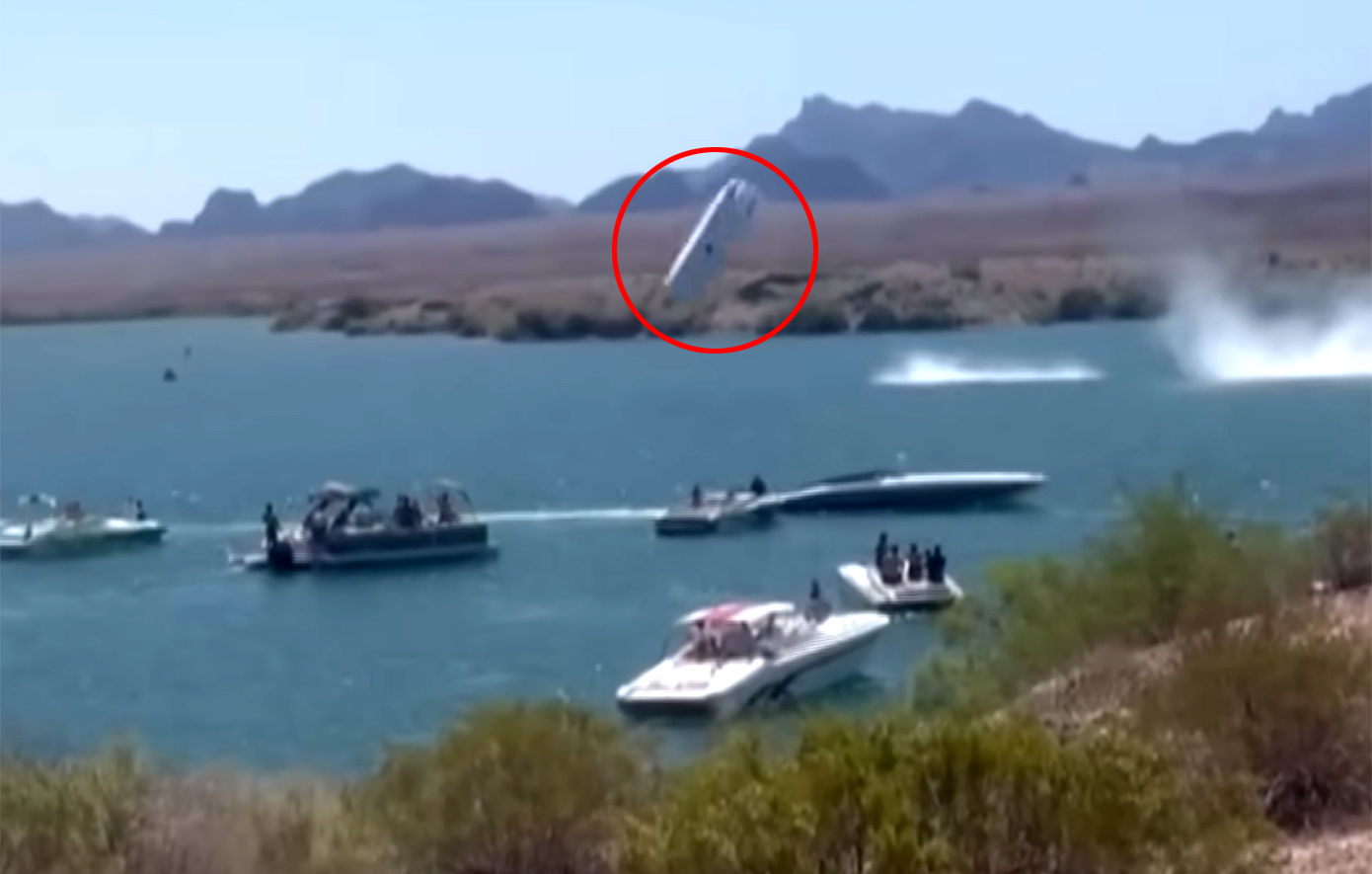Ολοένα και περισσότερο πλησιάζει τη Γη ένας νέος κομήτης, ο C/2020 F3 (NEOWISE), ο οποίος προέρχεται από τα πιο μακρινά μέρη του ηλιακού συστήματός μας.
Ο κομήτης δεν αποτελεί κίνδυνο, καθώς θα περάσει σε ασφαλή απόσταση έως 103 εκατομμυρίων χιλιομέτρων, όταν αναμένεται να κάνει το κοντινότερο πέρασμά του από τον πλανήτη μας στις 22 Ιουλίου.
Ο διαμέτρου πέντε χιλιομέτρων κομήτης πέρασε στις 3 Ιουλίου το περιήλιό του, επιβιώνοντας από το κοντινό πέρασμά του από τον Ήλιο και, καθώς επιστρέφει στις εσχατιές του ηλιακού συστήματος, η πορεία του θα διασταυρωθεί με εκείνη της Γης.
Blink or you might miss it. ☄️
Comet C/2020 F3 NEOWISE made its once-in-our-lifetimes close approach to the Sun on July 3, 2020, and will cross outside Earth’s orbit on its way back to the outer parts of the solar system by mid-August: https://t.co/WZHOixh69x pic.twitter.com/JYDRwTpfxo
— NASA (@NASA) July 8, 2020
Σύμφωνα με το Εργαστήριο Αεριώθησης (JPL) της Αμερικανικής Διαστημικής Υπηρεσίας, το πολύ κοντινό πλησίασμα στον Ήλιο σε απόσταση 44 εκατ. χλμ., είχε ως συνέπεια να «ψηθούν» τα εξωτερικά στρώματα του κομήτη και έτσι αέρια και σκόνη εκτινάχθηκαν από την παγωμένη επιφάνειά του, δημιουργώντας μία μεγάλη ουρά.
Since it’s going to be another 6,000 years before comet Neowise revisits the inner solar system, we thought it would be a good idea to grab some photos this morning when the skies advantageously cleared to our northeast. #wawx pic.twitter.com/F0bxompWEX
— NWS Seattle (@NWSSeattle) July 8, 2020
Σε όλον τον κόσμο, επαγγελματίες και ερασιτέχνες αστρονόμοι σπεύδουν να παρατηρήσουν τον κομήτη, πριν χαθεί στα βάθη του διαστήματος. Οι αστροναύτες στον Διεθνή Διαστημικό Σταθμό, οι οποίοι βρίσκονται σε πλεονεκτική θέση ψηλά στην ατμόσφαιρα, κατάφεραν ήδη να τον φωτογραφήσουν.
“When you wish upon a falling star…” Comet Neowise was pictured from the station on July 5 as it orbited above the Mediterranean Sea. https://t.co/KqCk1xlCUG pic.twitter.com/vR6MNvwuh1
— Intl. Space Station (@Space_Station) July 7, 2020
Ο κομήτης, ο οποίος ανακαλύφθηκε φέτος τον Μάρτιο από το υπέρυθρο δορυφορικό τηλεσκόπιο NEOWISE (Near-Earth Object Wide-field Infrared Survey Explorer) της NASA, θα είναι έως τις 11 Ιουλίου ορατός ακόμη και με γυμνό μάτι στον σκοτεινό και καθαρό πολύ πρωινό ουρανό (περίπου μία ώρα πριν την ανατολή του Ήλιου), ενώ στη συνέχεια και έως τα μέσα Αυγούστου θα είναι ορατός πιο νωρίς τα βράδια, σύμφωνα με το ΑΜΠΕ.
ISS, C/2020 F3 Comet and Siurana, a small village on the top of a cliff in the heart of Muntanyes de Prades (Tarragona) ? #NEOWISE pic.twitter.com/YQRYyWzH2s
— Aleix Roig (@astrocatinfo) July 8, 2020
Σύμφωνα με μετρήσεις Ελλήνων ερασιτεχνών αστρονόμων, το φαινόμενο μέγεθός του πιθανώς να είναι αρκετά φωτεινό για να τον κάνει ορατό δια γυμνού οφθαλμού και από τη χώρα μας. Σήμερα, ο κομήτης βρίσκεται στον αστερισμό του Ηνίοχου και σε λίγες ημέρες θα είναι πιο εύκολο να τον δει κανείς περίπου στις 5:30 στον βορειοανατολικό ουρανό και πριν δυναμώσει το λυκαυγές.
Comet NEOWISE from Middleville, Michigan early this morning ~ July 8th, 2020. ??⭐️☄️#NEOWISE #wmiwx #miwx #Astrophotography @StormHour pic.twitter.com/LbrpyDqxpH
— Stacey Anne Leeson (@StaceyALee) July 8, 2020
More pics of Comet C/2020 F3 (NEOWISE) this morning from Thoroughfare Mountain Overlook 3,595′ @ShenandoahNPS.@AccuAstronomy @wattsupbrent pic.twitter.com/veXn6RYv5F
— Greg Redfern (@SkyGuyinVA) July 8, 2020
Comet NEOWISE shining bright this morning in Huron County, Ontario. Visible to the naked eye! Definitely one worth waking up at 3:30 am for. @c2020f3 pic.twitter.com/DO5s9ZyWEn
— Jason O’Young (@jasonoyoung) July 6, 2020
I have a strong dislike of early mornings—but so worth it today because wow is that comet beautiful! C/2020 F3 (NEOWISE) I was at Sunset Crater by 4AM. It was an easy naked-eye object, but really rewarding through binoculars. Last pic is closest to naked eye scale.#neowise pic.twitter.com/1I0Cx2fZQJ
— Jeremy Perez (@jperez1690) July 5, 2020
Another photo of C/2020 F3 (NEOWISE) from yesterday morning in Berkeley, CA! Spent an entire afternoon processing it. It was visible with naked eyes, but the tail is especially spectacular with a binocular or a telephoto lens. #comet #NEOWISE pic.twitter.com/WEP0uK9kz7
— Yilun Ma (@Yilunium) July 8, 2020
☄️ Have you seen the comet? Skywatchers in the Northern Hemisphere have a chance to catch a glimpse of Comet C/2020 F3 (NEOWISE) – discovered in March by our NEOWISE mission. See when and where to look:https://t.co/W0v7F5qV2Z #cometNEOWISE #comet pic.twitter.com/pxI7natUUk
— NASA Solar System (@NASASolarSystem) July 8, 2020






























